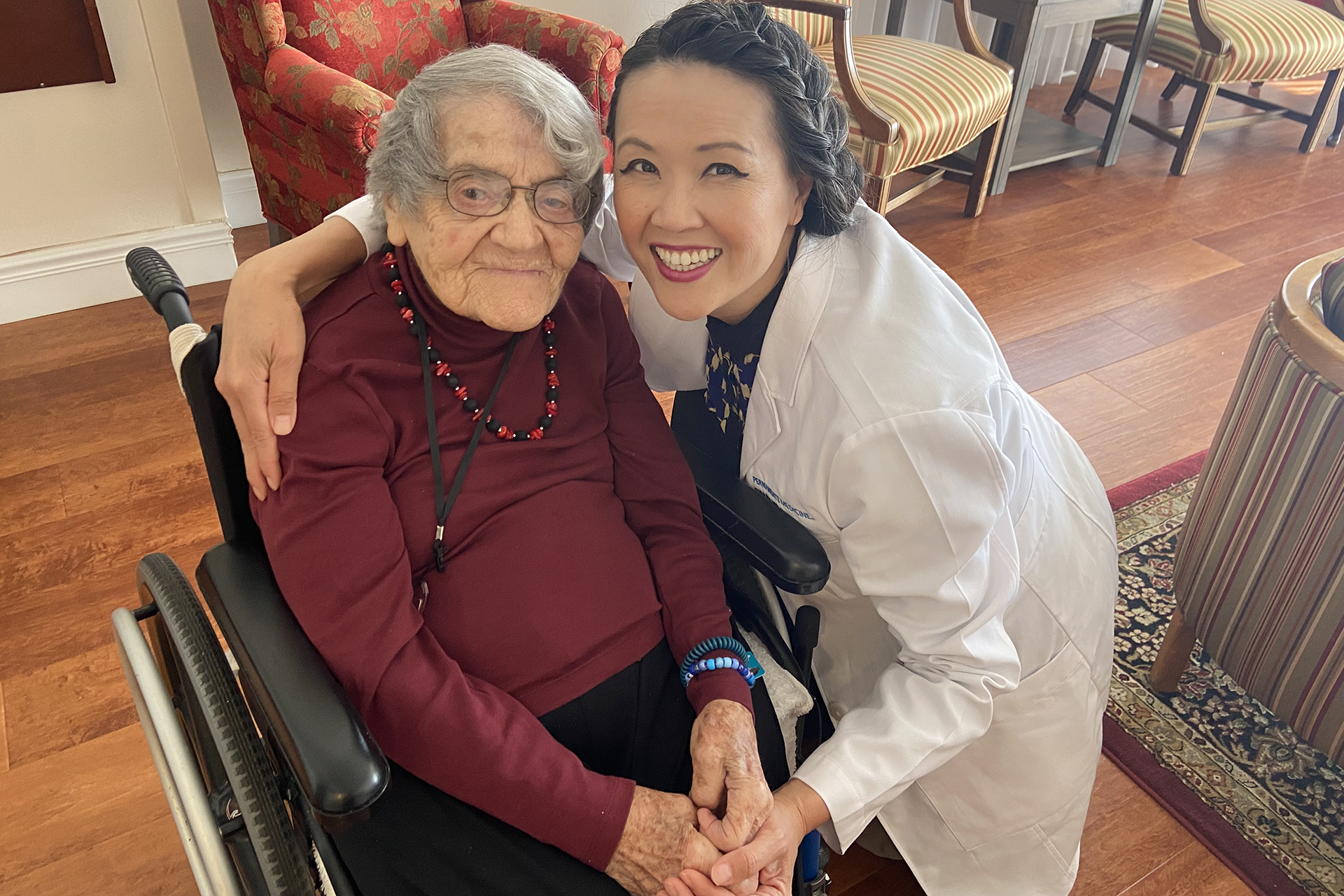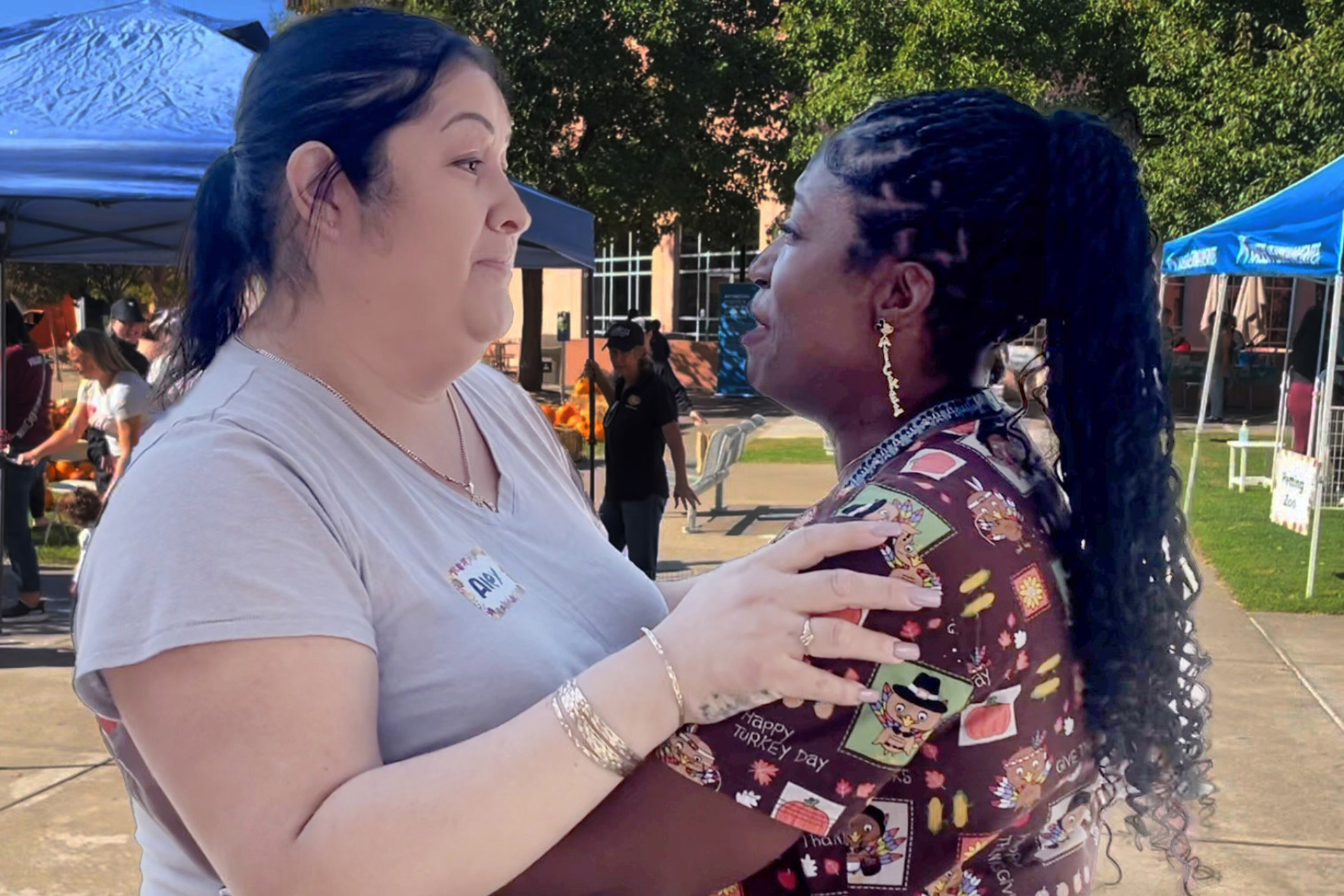In recognition of American Heart Month, Kaiser Permanente cardiologist Peter Miles, MD, lays out the facts about women and heart disease and how both sexes can keep their hearts healthy.

A stomach ache, jaw pain, fatigue.
Each symptom on its own may not prompt a woman to call her doctor. But combined, they could signal that a woman is having a heart attack.
There’s a myth that heart disease is a “man’s disease,” but the statistics tell a different story. The American Heart Association reports 44 million women in the United States are affected by heart disease, and heart disease and stroke kill approximately one woman every 80 seconds.
Peter Miles, MD, regional chair of the chiefs of cardiology for Kaiser Permanente Northern California, answers questions about what women need to know about heart disease and the steps everyone can take to maintain a healthy heart.
How serious is heart disease for women?
Heart disease is the leading cause of death among American women. In fact, heart disease kills more women than men, but 4 out of 5 women don’t know that.
How do heart attack symptoms differ between men and women?
Chest pain is the most common heart attack symptom, but it is not the only one. Women often experience different symptoms than men, and it’s not always the dramatic, crushing chest pain you may see on TV.
Women may feel a burning or numbness that can radiate to the back or shoulders. Because women’s symptoms can differ from men’s, it can be easy for women to think their symptoms aren’t serious. The more symptoms a woman experiences, the more likely it is that she is having a heart attack.
If pain or discomfort lasts more than 5 minutes, isn’t relieved by lying down, and travels through the back, shoulder, neck, or jaw, it’s important to get medical treatment right away. Getting treatment quickly can lower the amount of heart muscle that’s damaged.
Women who are busy with family and work responsibilities may ignore the first signs of a heart attack. They may be preoccupied with taking care of others and may ignore their own health needs. But it’s important to change that trend. We can do that with education and information.
How can women and men reduce their risk of heart attack and heart disease?
To take care of your heart, you need to take care of the whole you. Eat heart-healthy foods like fruits, vegetables, healthy proteins (such as fish, beans, chicken, nuts, and low-fat dairy), and whole grains to help keep your heart and blood vessels in good shape.
If you drink alcohol, drink it in moderation. Women should limit alcohol to no more than one drink a day.
We recommend 150 minutes of moderate exercise a week or at least 30 minutes of exercise on most days. If you can’t do all 30 minutes at once, do 10 minutes at a time. Brisk walking, swimming, or cycling are all good for the heart.
Lowering your weight by just 10 percent can also make a significant difference in reducing your risk for heart disease, and so can lowering your stress. Anger, anxiety, and depression may keep your blood pressure high and increase your risk for heart attack, stroke, and other illnesses. Try meditation, yoga, and breathing exercises to help control the stress in your life.
Finally, if you smoke, it’s time to quit. Talk to your doctor about resources such as medication and classes to help you kick the habit.
Visit www.kp.org/heart for more about the signs and symptoms of heart attacks and heart disease.





This Post Has One Comment
I didn’t know that heart disease kills more woman than men. Thank you for all the tips and information about heart disease. I’m glad you mentioned that woman may feel a burning or numbness that can radiate to the back and shoulders. I will have to keep watch and see if I notice any of those symptoms!